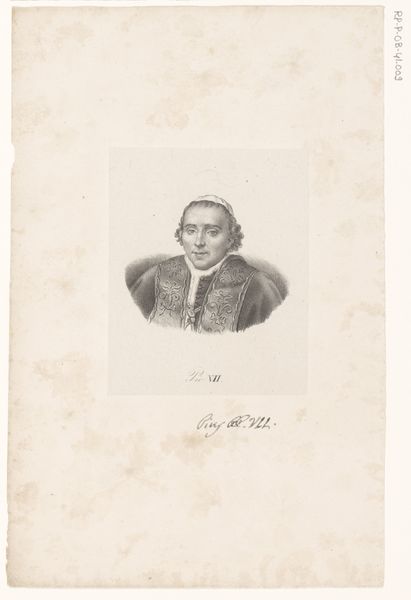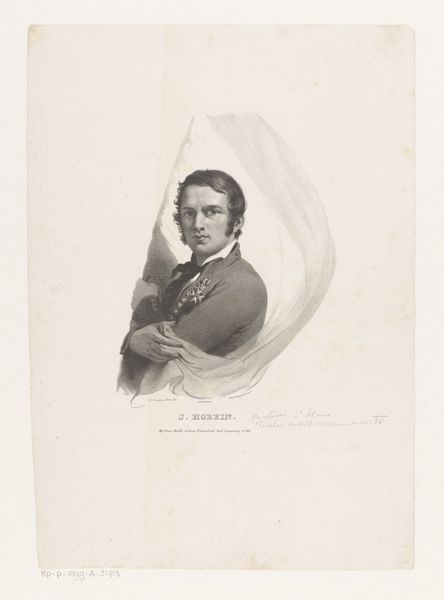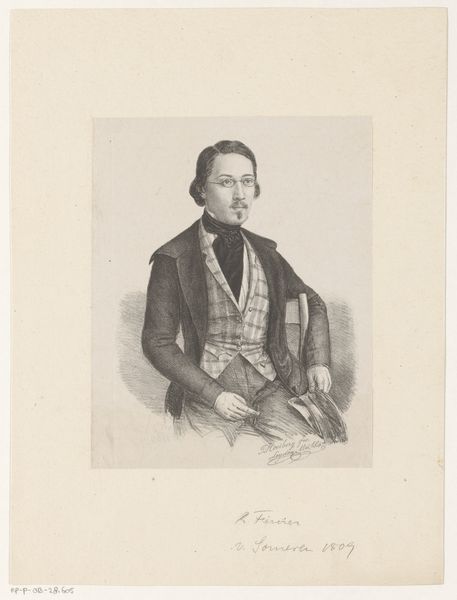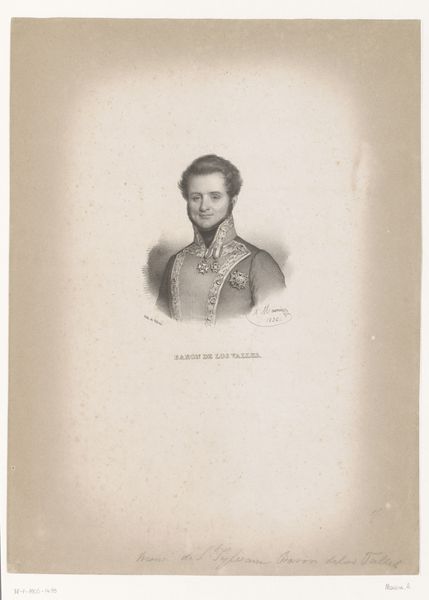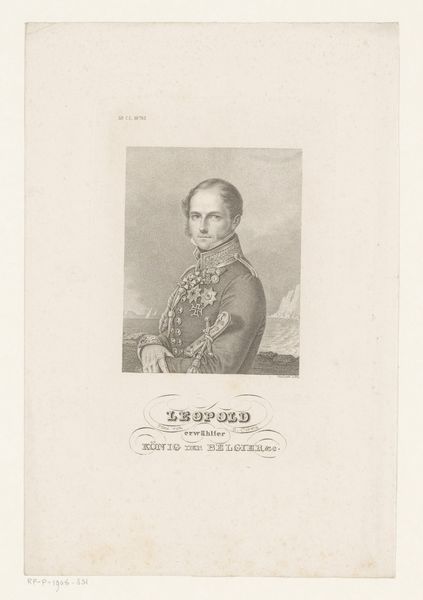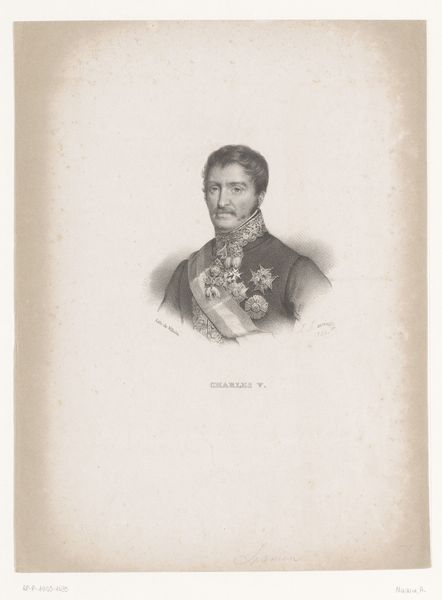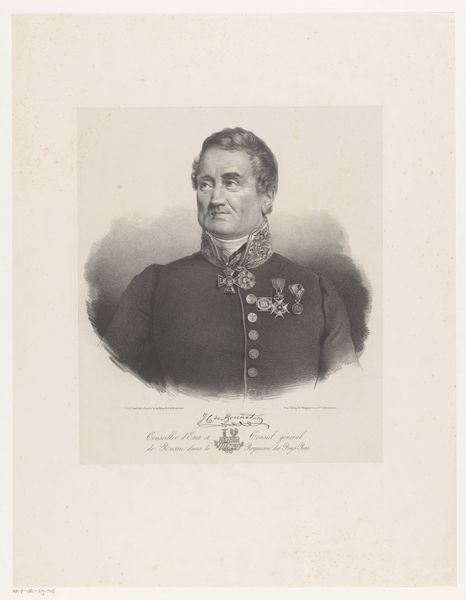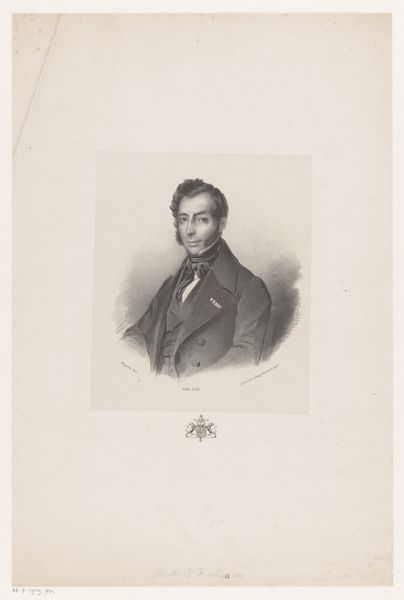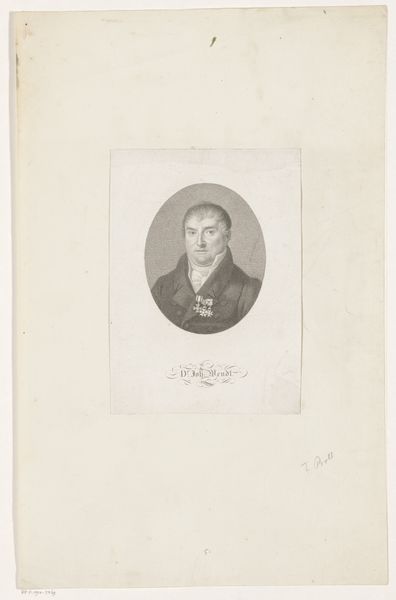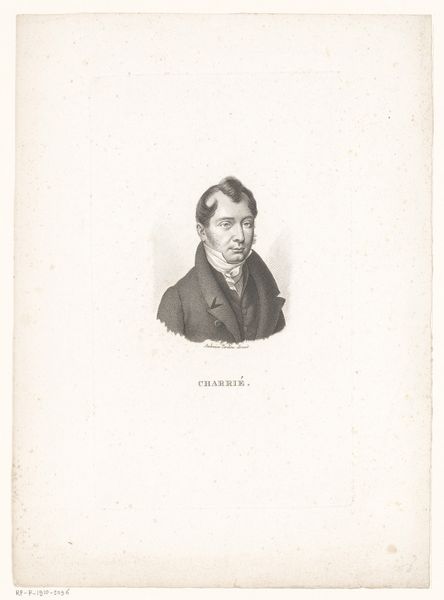
drawing, print, etching, pencil, engraving
#
portrait
#
drawing
# print
#
etching
#
pencil sketch
#
old engraving style
#
pencil drawing
#
pencil
#
history-painting
#
academic-art
#
engraving
#
realism
Dimensions: height 306 mm, width 234 mm
Copyright: Rijks Museum: Open Domain
This is Antoine Maurin’s portrait of Leopold I, King of the Belgians, made using lithography in 1831. The image presents Leopold as a figure of authority, complete with decorations and formal attire. But consider the historical context. Belgium had only recently gained independence from the Netherlands in 1830. Leopold, a German prince, was chosen as king by the National Congress. This print, produced shortly after his ascension to the throne, played a vital role in constructing his image and legitimizing his rule. Lithography allowed for mass production, making the portrait accessible to a wide audience. How does this relatively new technology influence the perception of the monarchy? What choices were made about how to portray him? As historians, we consult a variety of sources – newspapers, pamphlets, and other visual representations – to understand the complex interplay between art, power, and national identity in 19th-century Belgium.
Comments
No comments
Be the first to comment and join the conversation on the ultimate creative platform.
